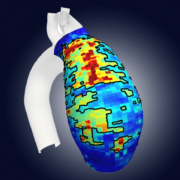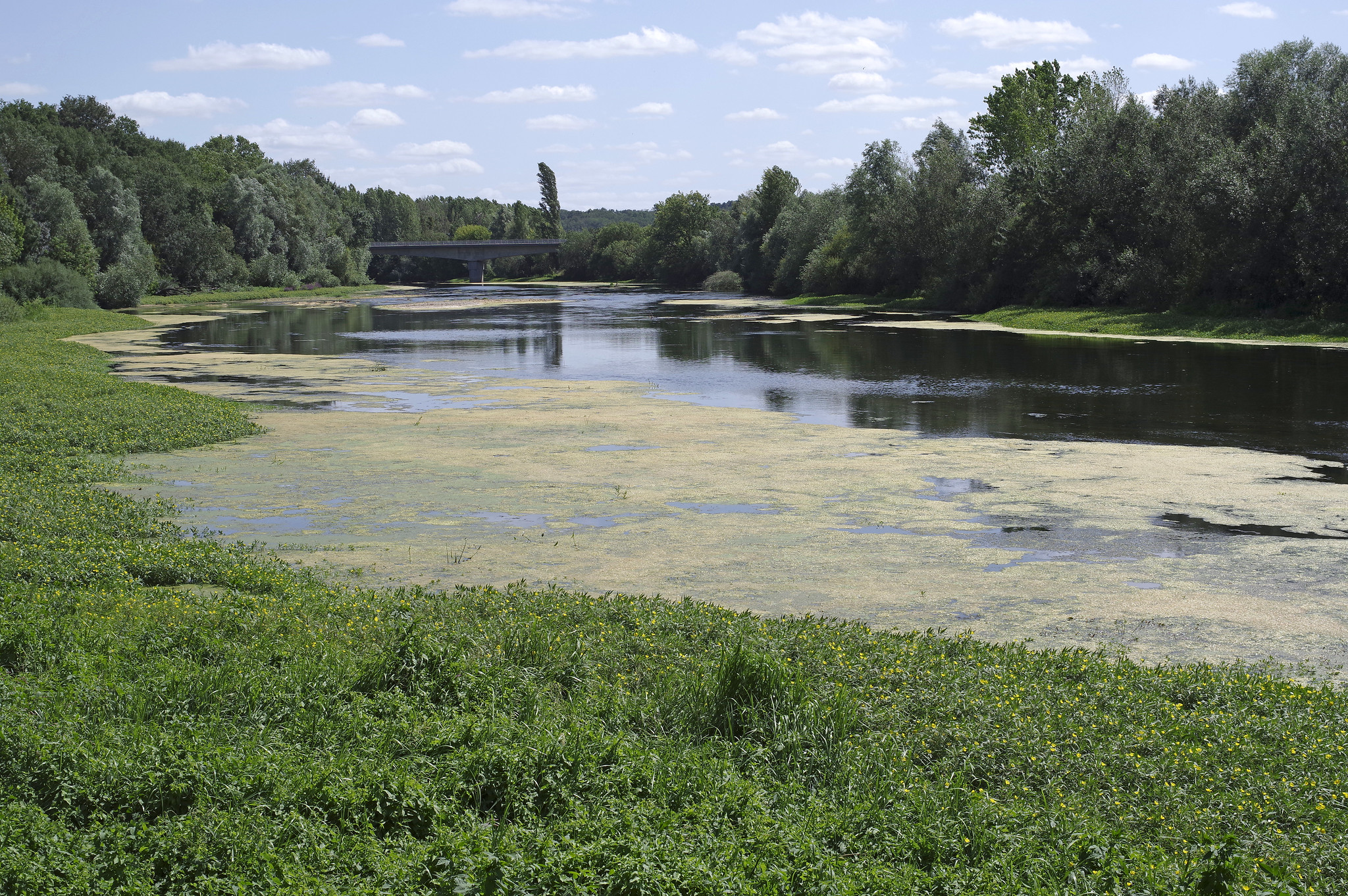Circular economy, environmental assessment and environmental budgeting
To implement a robust and durable circular economy strategy, it is important to assess its environmental impacts. Valérie Laforest and Natacha Gondran, both researchers at Mines Saint-Étienne, explain the reasons for incorporating an absolute environmental sustainability assessment method and the underlying concept of “environmental budgeting“.
The lifestyles of our contemporary societies are exerting constant and unsustainable pressure on the balance of our planet. One of the proposed strategies for protecting the Earth’s resources is the circular economy. The concept may seem simple – to encourage recycling and reuse to limit the consumption of raw materials – but environmental impact assessment involves a large number of variables and makes things complicated. This is why researchers are working to design more effective assessment methods for these impacts than the current tools, which are still insufficient. In particular, they are developing a systemic approach that integrates absolute environmental impact assessment.
This issue is at the heart of Valérie Laforest and Natacha Gondran’s work, both researchers at Mines Saint-Étienne1 and members of the Environmental Assessment of Waste, Effluents, Materials, Sediments and Soils (EDEEMS) Scientific Interest Group (SIG). Bringing together seven regional institutions, the EDEEMS SIG carries out, among other things, research on the health and environmental impacts of the circular economy. “The aim is to show that our collaborations can offer the economic world scientific support to overcome the obstacles that still pose a problem”, says Valérie Laforest. The researcher is a specialist in environmental assessment and focusses on the evaluation methods for these impacts. At the heart of the issue, it is important to define the indicators to assess pressure on natural resources and environments caused by humans.
A systemic approach
“This can be very experimental,” says Valérie Laforest. Within the SIG, “we’re starting out on a laboratory scale, then we’ll progressively move up to a pilot level to demonstrate the validity of our work on an industrial scale”. Let us consider the building sector and its impact on ecosystems as an example. Analyses and monitoring are done through ecotoxicology studies or environmental impact assessments from the source of pollutant emissions to their final destination. At the same time, the different transfers constituting all possible interactions between the source and the target, such as groundwater or soils, are also studied.
In the context of the circular economy, evaluating the “source” elements of pollution requires meticulous characterization of the materials produced from recycling. For example, besides the composition of the recycled materials itself, their reactivity must also be studied, with biodegradation tests for sources of organic pollution. These indicators are essential for assessing the different types of pressure on the ecosystems in greater detail.
“There is a growing interest in research into the planet’s limits today. The idea is to compare this work with the impacts generated by production systems using what are known as absolute environmental sustainability assessment methods,” says Valérie Laforest. The Earth not only has a limited amount of resources, but also a limited capacity for absorption. We must therefore take account of all the impacts, both positive and negative, across all sectors. The researcher adds that in order to implement a sustainable circular economy, it is necessary to have “robust and transparent methods that allow us to act with knowledge of the consequences and perfect control of the risks.”
Environmental budgeting
“It is essential to integrate a systemic approach to standardize indicators for the evaluation of environmental impacts,” says Valérie Laforest. And, ultimately, to understand the impact of anthropogenic activities in relation to our planet’s capacity to absorb them. To avoid exceeding this capacity, one idea is to put in place an “environmental budget”. “We are aiming to break down the planet’s absorption capacity by type of activity according to the needs and contribution of each one”, explains Valérie Laforest. “Imagine allocating to each sector of activity a level of emissions that can be absorbed by the planet without too much disruption to the natural balance.”
However, distributing the planet’s total budget across the different activities of society raises various scientific, ethical and political questions. In addition, the total environmental budget for a given sector would have to be able to be broken down between the different brands or companies to see what they consume out of the available budget. “As part of a PhD by Anastasia Wolff, we adapted existing models and tested these methods for the food industry branch of a major retail group. For some indicators, such as climate change, they had already exceeded the allocated budget. Just for eating, this brand and its clients were already exceeding the environmental budget available to them,” explains Natacha Gondran.
Valérie Laforest and Natacha Gondran’s team focuses its work on the choice of relevant indicators, the definition and allocation of this ecological budget to a sector of activity and the evaluation of a given sector’s consumption of and contribution to this budget. It is a mammoth task. This global approach also aims to raise awareness of the scope of the issues in order to target which points to work on to efficiently reduce the environmental impact.
Besides this, there are other essential dimensions for implementing a sustainable circular economy. “The participation and involvement of local actors in the process is essential. It is a key factor of success”, says Valérie Laforest. While the researchers are developing the right tools, it is still vital to work with local actors to understand the situation and implement the process. “At IMT, the circular economy is one of the priority actions on the theme of renewable energy and resources. In addition, IMT is at the heart of numerous projects within its different schools. IMT also supports platforms such as the Plateforme Territoire at Mines Saint-Étienne, which aims in particular to help local actors visualize information through a spatial representation and target priority issues,” says Valérie Laforest.
1 Valérie Laforest and Natacha Gondran carry out their research in the framework of the Environment, City and Society laboratory, a joint CNRS research unit composed of 7 members including Mines Saint-Étienne.
Tiphaine Claveau













Leave a Reply
Want to join the discussion?Feel free to contribute!